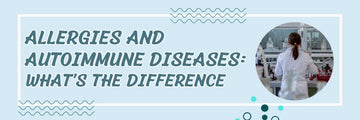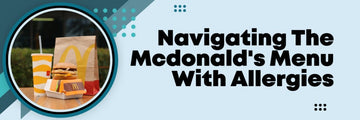Blog
What Are The Symptoms of a Wheat Allergy?
The reality of the food-related situation is that no one wants to find out that they are dealing with a food allergy. Food is an escape for many of us and it is quite literally essential for our survival. Yet, food allergies are common in a lot of children and even adults. When it comes to something as potentially life-threatening as a food allergy, isn’t it better to know sooner rather than later that you are dealing with it?
One of the most common allergens is wheat. If you think that you may be dealing with a wheat allergy, getting familiar with the common signs and symptoms is going to help you be prepared for any future diagnosis.
Symptoms of a wheat allergy
There are quite a few options and forms that symptoms of a wheat allergy can take, but here are the most common ones to look for; • Headache: If you develop a headache immediately after consuming wheat, it could be a sign that you are dealing with a wheat allergy. The headache can be weak or strong, constant or pounding, depending on the severity of the allergy and the amount consumed. • Rash: A rash could develop on your face, neck or elsewhere on your body, indicating that you are dealing with a wheat allergy. The rash could be itchy, or it could just be hot and inflamed depending on the amount. • Congestion: Feeling congested after eating wheat is another sign that you are dealing with an allergy. It’s often assumed that you are fighting a cold, but the cause could be as simple as a wheat allergy. The congestion could be partial congestion with sniffing, or it could be a full blockage. • Cramps or vomiting: Having serious cramps after eating — even hours after — or vomiting is another common sign. This kind of reaction is often misdiagnosed as food intolerance. • Anaphylaxis: From difficulty breathing to trouble swallowing to fainting, anaphylaxis often happens immediately after eating wheat and is the most serious allergic reaction that can happen.
Author: Kate Young, BSc, Lab Manager
Kate Young joined Test Your Intolerance in 2020 after working in private laboratories in Japan for 15 years as a Clinical Bio Scientist and embryologist. As Lab Manager, Kate works on IVDR and GLP accreditation.
More articles by Kate











